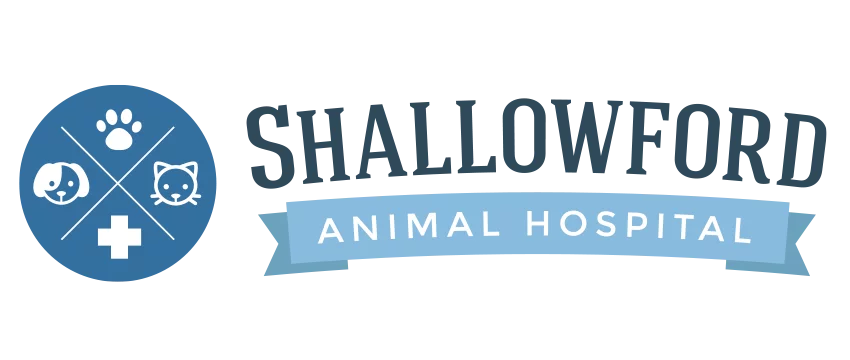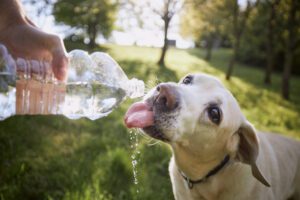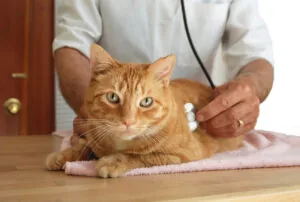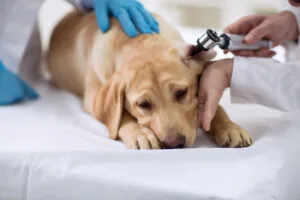Keeping Your Pet Safe: Pet Poison Prevention Month
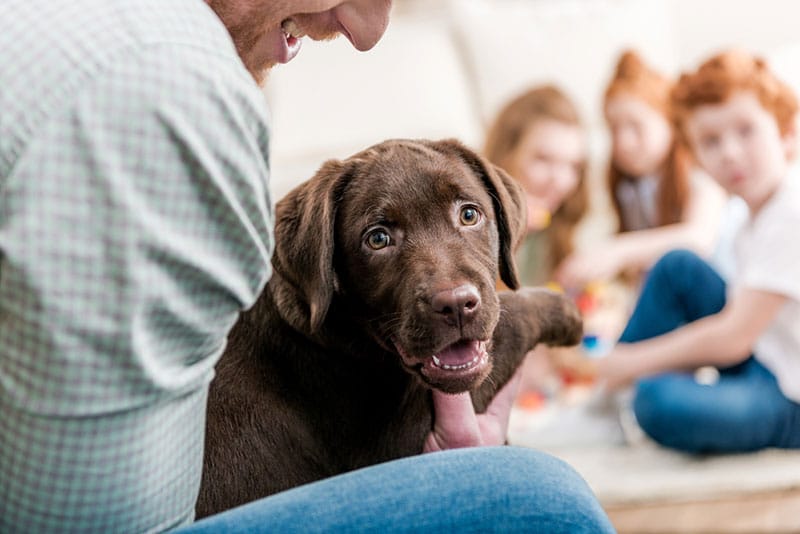
Did you know that some of the most dangerous and threatening things to your pet can be found right inside your home? Do you know what to do if your pet should ingest something toxic? Are you familiar with pet poison control? Do you have their phone number on hand if needed? Do you know how to identify possible harmful things around your home? Have you ever “pet-proofed” your home? We are going to share some things you should be aware of and simple tips to keep your pets safe. Understanding what potential harmful poisons exist in your home and yard is the first step to keeping your pet safe. Some of them are very obvious and others might be new to you.
Here’s the Top Fifteen Pet Poison List for dogs and cats from the Pet Poison Helpline. Based on the Pet Poison Helpline call volume and extensive database, the top 15 most common toxins that Pet Poison Helpline gets called about. Now keep in mind that some of these listed are very toxic, while some are minimal. When in doubt, call your veterinarian or Pet Poison Helpline to make sure there won’t be a problem. Take special care to keep these toxins out of your pet’s reach and pet-proof your house!
- Chocolate
- Mouse and Rat Poisons (rodenticides)
- Vitamins and Minerals (e.g., Vitamin D3, iron, etc.)
- NSAIDs (e.g., ibuprofen, naproxen, etc.)
- Cardiac Medications (e.g., calcium channel blockers, beta-blockers, etc.)
- Cold and Allergy Medications (e.g., pseudoephedrine, phenylephrine, etc.)
- Antidepressants (e.g., selective serotonin reuptake inhibitors)
- Acetaminophen (e.g., Tylenol)
- Caffeine Pills, ADD/ADHD Medications/Amphetamines
- Xylitol (common in toothpaste and chewing gum – read your labels to ensure your pet is safe!)
- Topical spot-on insecticides
- Household Cleaners
- Lilies and Other Household plants
- Insoluble Oxalate Plants (e.g., Dieffenbachia, Philodendron, etc.)
- Glow Sticks
Are things out of reach? While most pet owners know many things are not safe for their pets to ingest, sometimes accidents happen. The best way to decrease this probability is to pet-proof your home. Keeping things out of reach for dogs and cats can be much more of a challenge than say for a baby. Dogs and cats can jump on counters and can surprise us in their creativity in order to get into things. We have heard stories of dogs and cats that can open cabinets, doors, or the fridge. They are smart, clever and have time on their hands. The first thing is to make sure you are familiar with where the dangers are and how to get those items out of reach or locked away. Keep things like cleaning supplies and batteries high or in a secure cabinet. There are many common foods we enjoy that can be toxic to your pets as well. Another very helpful thing is having a trash can with a pet-proof lid.
Household plants are very common and can be very appealing to dogs and cats. We encourage every homeowner with pets to research a particular plant before bringing it into the house. Many typical house plants are very toxic to dogs and cats. Even if you receive an arrangement as a gift be sure to keep it in a place where your dogs can’t reach it and your cats can’t get to it. For example, Lilies are especially poisonous to cats. Just one or two petals can be fatal. The truth is cats love plants. They sniff, rub and nibble them. Dogs are also curious and will snack on plants. We encourage you to research any plant or flower before bringing it home to ensure the safety of your four-legged friends.
Pet poisoning with common household items is, unfortunately, a fairly common situation. Among the many household items that may present a toxic risk to pets include xylitol poisoning (xylitol is found in many sugarless gums, candies, and mints), human medications such as non-steroidal anti-inflammatory medications and antidepressants, flowers, chocolate, fertilizers, and various pest control products. Symptoms can range from digestive upset and neurological signs to the liver and/or kidney failure.
Appropriate pet proofing and awareness of what to do in the event of a pet poisoning situation are both important points to consider. Having the telephone numbers of local pet poison control centers as well as your veterinarian is important for ready access to sources of information about potential poisonous substances. Pet poison control has specialists on staff and readily available information on all kinds of toxic items and how to best treat them. When toxic ingestion occurs, time is important. Poison control will be able to tell you what needs to be done and what to expect. They also contact your veterinarian and explain what kind of treatment is best depending on what was consumed. The Pet Poison Helpline at (800) 213-6680 is available 24 hours a day.
If you suspect your dog or cat has ingested something poisonous, call the helpline or your local veterinarian immediately. Accurate and timely identification of the suspected substance is very important. Having the container, package, or label in hand will save valuable time and may save the life of your pet.
Share This Post
Recent Posts
About Shallowford Animal Hospital
Shallowford Animal Hospital and The Pet Spa at Shallowford are dedicated to the exceptional, compassionate care your pet deserves. Pets hold a very special place in our families, and we treat yours like our own.
